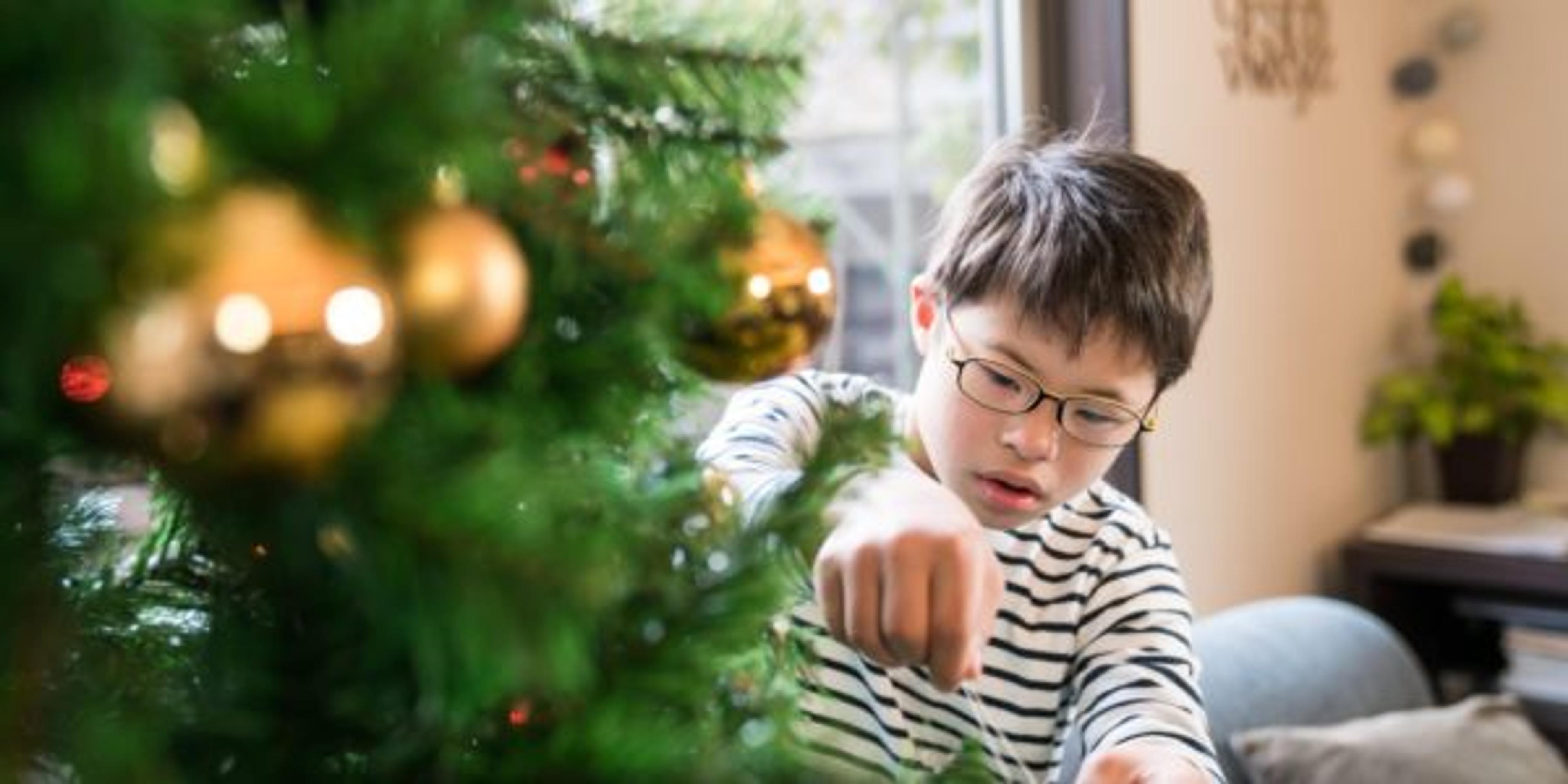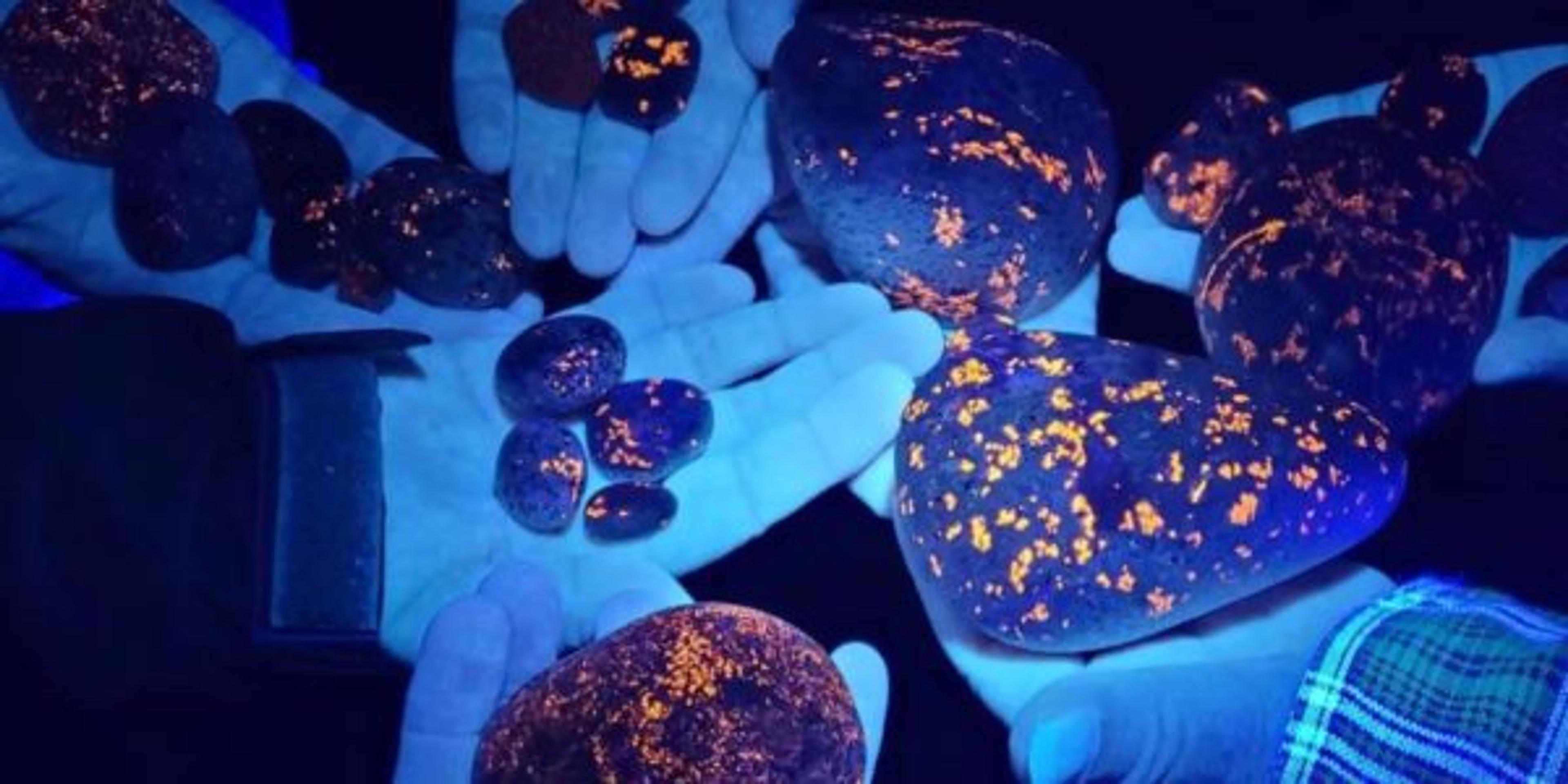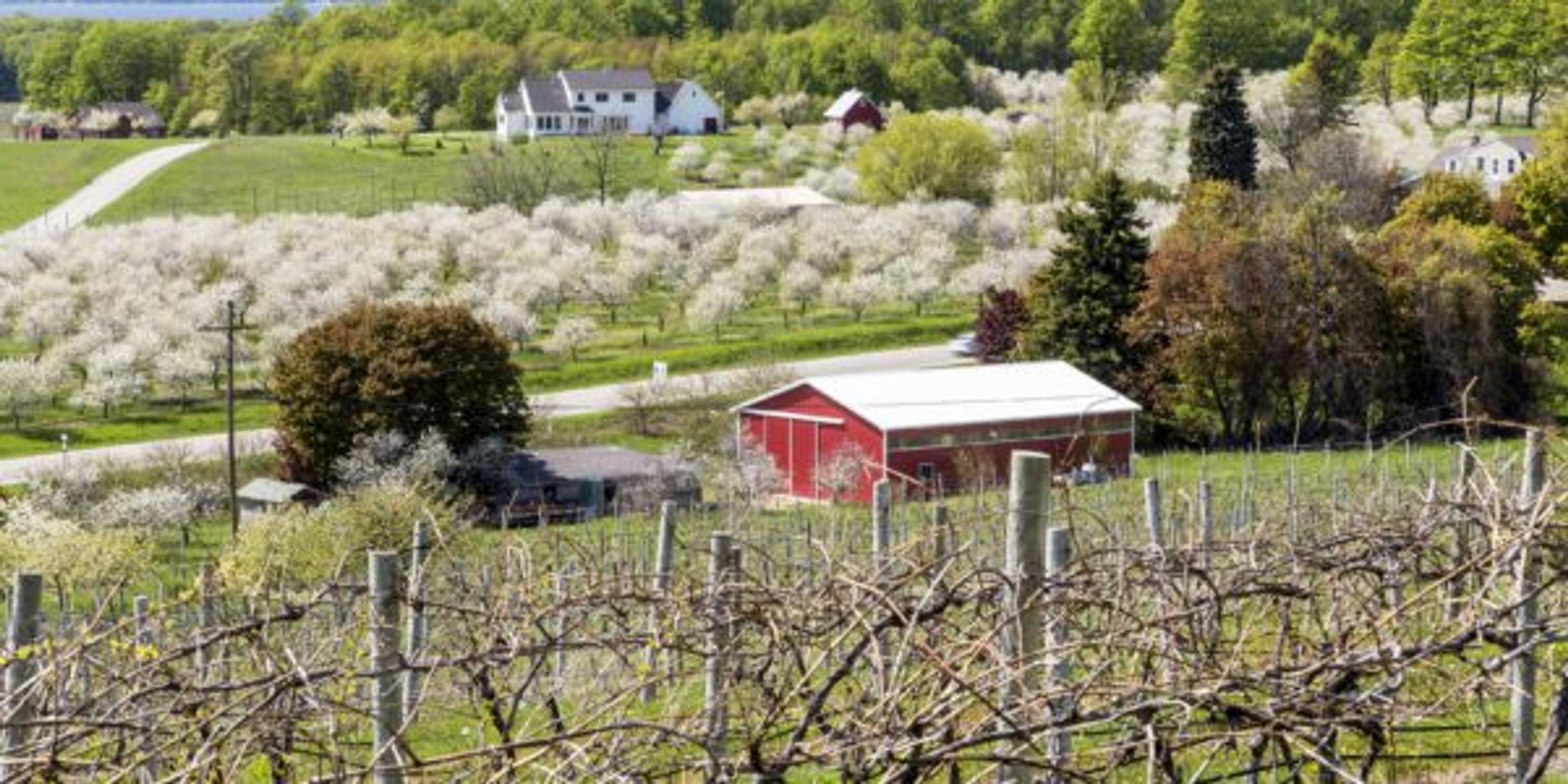Real vs. Artificial Trees: What’s Best for You?
Shandra Martinez
| 4 min read

Nothing says the holidays like trimming a tree, carefully stringing lights, and bringing out some treasured ornaments to adorn the branches. When the lights begin to glow and the tree topper is placed just so, the festive season can finally begin. But if you are debating whether to buy a real tree this year or go with an artificial one, there can be a lot of conversation around the attributes of both.
Some people are solidly in one camp or the other. But the more holidays you have under your belt, the more factors like nostalgia, expense, time, the environment and even allergies can factor into your choice. Here are some things to help you decide which is best for you.
By the numbers: When it comes to real trees, Michigan is home to more than 500 Christmas tree farms. Michigan Christmas tree farmers grow and sell more varieties of Christmas trees than any other state in the country and farm more than 22,000 acres of Christmas trees, according to the state. This $40 million industry includes small mom-and-pop tree farms, cut-your-own operations and large wholesale farms that sell to other retailers. The most popular types of fresh-cut holiday trees sold in Michigan include the Scotch pine, white pine, blue spruce, Douglas fir and Fraser fir.
But nationwide, artificial trees are displayed in more homes for the holidays than real trees, according to a survey published by LendingTree. Polls found 63% of people displayed a fake tree, compared to 24% who said they decorated a real tree. About 10% of those surveyed planned to put up both types of trees in their home.
Nostalgia vs. convenience: Before you decide which type of tree to put up, think about how much old-fashioned tradition plays into your choice. If you’re the type of person who loves the thought of cutting down your own holiday tree, or making a trip to the fresh-cut tree lot to find one that’s just perfect, you’ve got a lot of company. Many families kick off the holiday season with an outing to select their tree.
Lots of tree farms offer perks to make this an adventure, like hot cocoa, wagon rides and even petting zoo areas. But if you love the idea of taking an artificial tree out of its storage box and having it fully set up in just a few minutes, this efficiency will land you in the fake tree fan club. And in some families, artificial trees are passed down to the younger generation and can carry a special meaning.
Cost: Unless you’re angling for a really tall or specialty type of fresh-cut tree, you can generally pick up a real holiday tree more cheaply than you can a good artificial tree. However, if you keep your artificial tree for several years, you will end up saving money in the long run compared to those who buy a fresh tree each year.
Fresh scent vs. big mess: Some people love the fragrance of a fresh-cut evergreen. They love the texture – either silky or spiky – of the real tree’s branches. For others, sticky sap, a tree that has to be watered, and the inevitable dropping of tree needles all over the floor are all annoyances that leave them selecting an artificial tree instead.
Environmental decision: In most cases, real trees are a better environmentally-friendly purchase. In Michigan, farmers say three new trees are planted for every fresh-cut tree sold. They are considered a renewable resource, and most communities have recycling programs that turn trees into wood chips after the holidays. Most artificial trees sold in the U.S. come from overseas, and ultimately end up in landfills.
Allergies: It turns out, both artificial and real trees can trigger people’s allergies over the holidays. Pollen and mold spores from fresh-cut trees can irritate people’s eyes and noses. Ditto for dust, mold or dirt that can cling to the branches of artificial trees. Some tips to keep sneezing at bay:
- If buying a live tree, ask the tree farm or vendor to shake the tree first to get rid of any loose debris.
- Dust off and air outside an artificial tree before setting it up for the season.
- Wipe off ornaments before decorating the tree.
Related:
- 8 Ways to Stop Holiday Stress Before It Starts
- How Early is Too Early to Decorate for Christmas?
- 5 Winter Things to Do in Michigan
Photo credit: Getty Images





